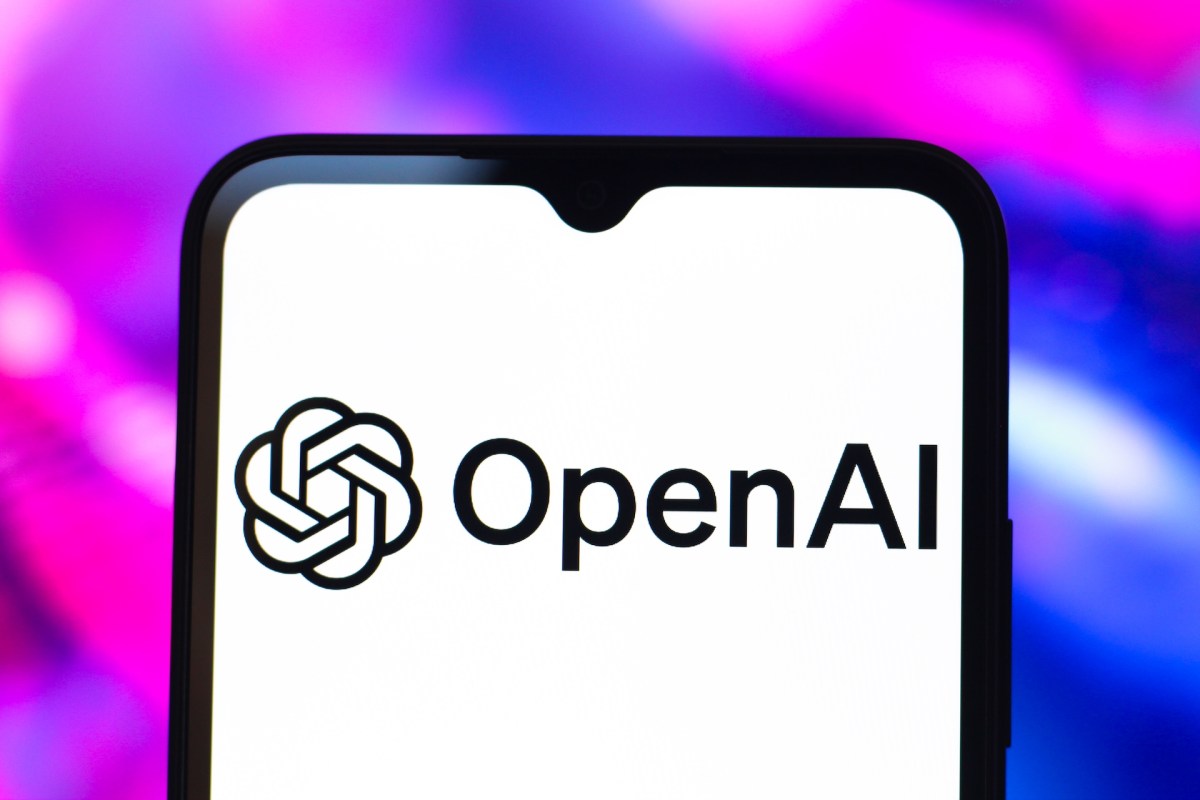OpenAI’s O3 AI Model Performs Worse on Benchmark Than Earlier Suggested

Discrepancies in OpenAI’s o3 AI Model Benchmarking
Overview of OpenAI’s o3 Model
OpenAI made waves in December when it introduced its o3 AI model, claiming impressive results on the FrontierMath benchmark—a series of complex mathematical problems. According to OpenAI, o3 could solve slightly more than 25% of these problems, a score that significantly outperformed other models, which were achieving under 2%.
Mark Chen, OpenAI’s Chief Research Officer, stated during a live event, “Today, all offerings out there have less than 2% [on FrontierMath]. We’re seeing results with o3 in aggressive test-time compute settings, achieving over 25%.”
Independent Testing Raises Questions
However, independent testing by Epoch AI, the research group responsible for FrontierMath, revealed a starkly different reality. Epoch’s findings indicated that o3 only managed to score about 10%, considerably lower than the figures published by OpenAI. This has raised concerns regarding the transparency of OpenAI’s testing methods and the accuracy of their claims.
Epoch acknowledged discrepancies, noting that their testing conditions might not be the same as OpenAI’s. They suggested that the differences in scores could stem from various factors, including the version of FrontierMath used for assessments and the potential use of more extensive computational resources in OpenAI’s internal testing.
Understanding the Benchmark Scores
Epoch’s testing highlighted that OpenAI’s results might represent an upper bound achieved under optimized conditions. The organization pointed out that its evaluations used an updated version of FrontierMath, which could explain some of the variance in the scores.
In fact, a post from the ARC Prize Foundation suggested that the public version of o3 was different from pre-release versions tested earlier, implying that the released model was tailored for specific use cases rather than pure benchmark performance.
OpenAI’s Adjustments and Future Plans
OpenAI’s Wenda Zhou addressed the situation during a livestream, explaining that o3 was optimized for real-world applications, emphasizing speed and cost efficiency over maximum benchmark results. Zhou said, “We’ve done optimizations to make the model more cost-efficient and useful in general.” This suggests that while o3 may not perform as well on benchmarks, it could offer more practical benefits in everyday applications.
Interestingly, OpenAI has other models, such as o3-mini-high and o4-mini, which reportedly outperform o3 in benchmark tests. Furthermore, they plan to release an upgraded variant, o3-pro, shortly.
The Importance of Transparency in AI
The discrepancies in benchmark results bring to light the challenges of evaluating AI performance accurately. As the AI sector grows, these situations are not isolated; other companies, like xAI and Meta, have faced scrutiny for similar issues regarding their reported benchmark scores.
In January, Epoch AI faced criticism for not disclosing its financial ties to OpenAI before the announcement of o3. Many involved in FrontierMath were unaware of this collaboration, raising ethical questions about transparency in AI development.
Similarly, cases like the misleading benchmark results from Elon Musk’s xAI and Meta’s admission of discrepancies in their scoring further contribute to the growing sentiment that AI benchmarks require careful interpretation, especially when generated by companies with vested interests.
Continued Developments in AI Benchmarking
As AI technology progresses, it is vital for researchers and developers to provide accurate performance measures and ensure ethical standards. Benchmarking controversies seem to be becoming a trend, with companies striving to gain recognition and market share by showcasing their models’ capabilities. Clarity and transparency in this testing process are paramount to building trust and advancing the industry.




